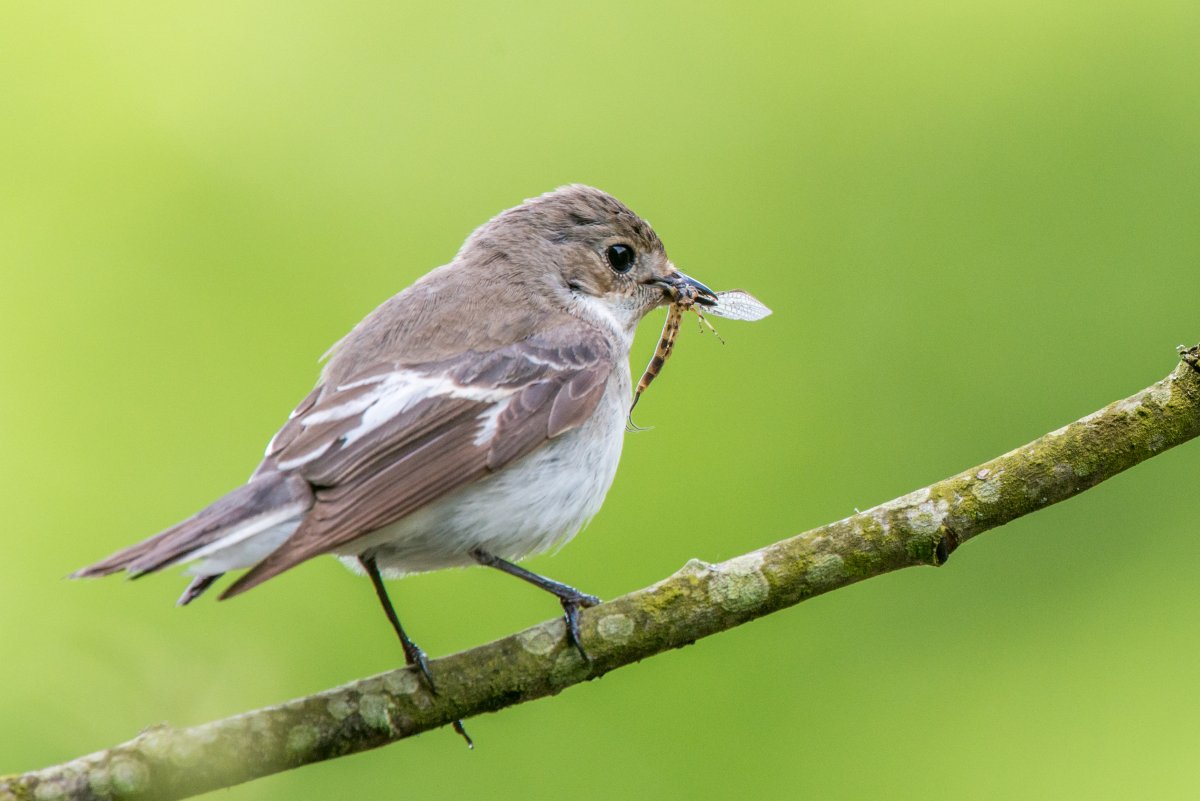The songs a bird sings while dreaming have been revealed for the first time.
Researchers at the University of Buenos Aires created a way to track the vocal muscle activity of birds as they sleep, and used this to create songs.
Scientists already knew that the area of a bird's brain dedicated to song remains active when it is asleep. And the activity patterns shown during rest are similar to the ones that appear while they are awake. However, this is the first time researchers have made a code of these nocturnal melodies.
"Dreams are one of the most intimate and elusive parts of our existence," study author Gabriel Mindlin, who specializes in the physical mechanisms of birdsong, said in a statement. "Knowing that we share this with such a distant species is very moving. And the possibility of entering the mind of a dreaming bird — listening to how that dream sounds — is a temptation impossible to resist."

Mindlin and colleagues decided to initiate the study after they realized that birds' brain activity went down into their vocal apparatus. This meant that they were able to capture the muscular activity while they were sleeping and then use dynamical systems to create synthetic songs. In this initial study, they used the flycatcher species.
The synthetic songs have now been shared— perhaps the sound of a bird's dreams.
"During the past 20 years, I've worked on the physics of birdsong and how to translate muscular information into song," Mindlin said. "In this way, we can use the muscle activity patterns as time-dependent parameters of a model of birdsong production and synthesize the corresponding song."

Creating the synthetic songs was a challenge at first. This is because bird species have very complex muscles, especially the ones dedicated to song.
"For this initial work, we chose the great kiskadee, a member of the flycatcher family and a species for which we'd recently discovered its physical mechanisms of singing, and presented some simplifications," said Mindlin. "In other words: we chose a species for which the first step in this program was viable."
The resulting songs sounded similar to how the flycatcher bird could sing while awake during a territorial confrontation with another bird.
Mindlin found this "incredibly moving."
"I felt great empathy imagining that solitary bird recreating a territorial dispute in its dream," Mindlin said. "We have more in common with other species than we usually recognize.
"We're interested in using these syntheses, which can be implemented in real-time, to interact with a bird while it dreams. And for species that learn, to address questions about the role of sleep during learning."
Do you have a tip on a science story that Newsweek should be covering? Do you have a question about bird song? Let us know via science@newsweek.com.
Uncommon Knowledge
Newsweek is committed to challenging conventional wisdom and finding connections in the search for common ground.
Newsweek is committed to challenging conventional wisdom and finding connections in the search for common ground.
About the writer
Robyn White is a Newsweek Nature Reporter based in London, UK. Her focus is reporting on wildlife, science and the ... Read more
To read how Newsweek uses AI as a newsroom tool, Click here.








